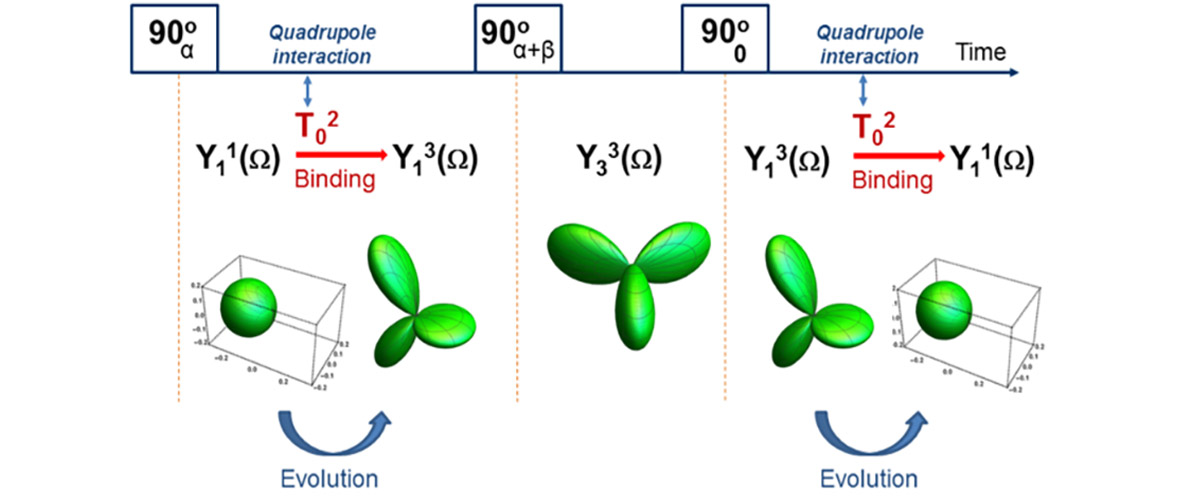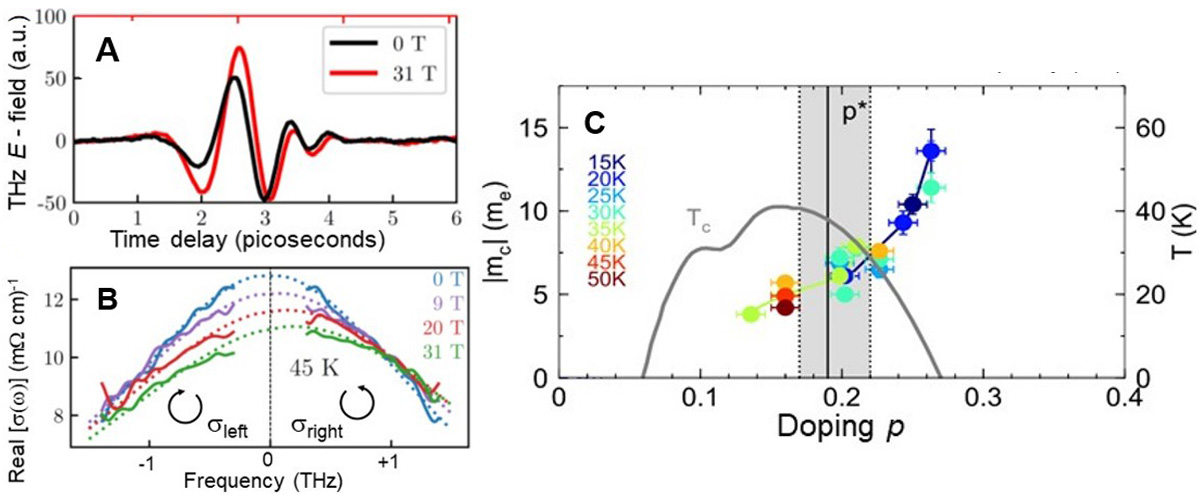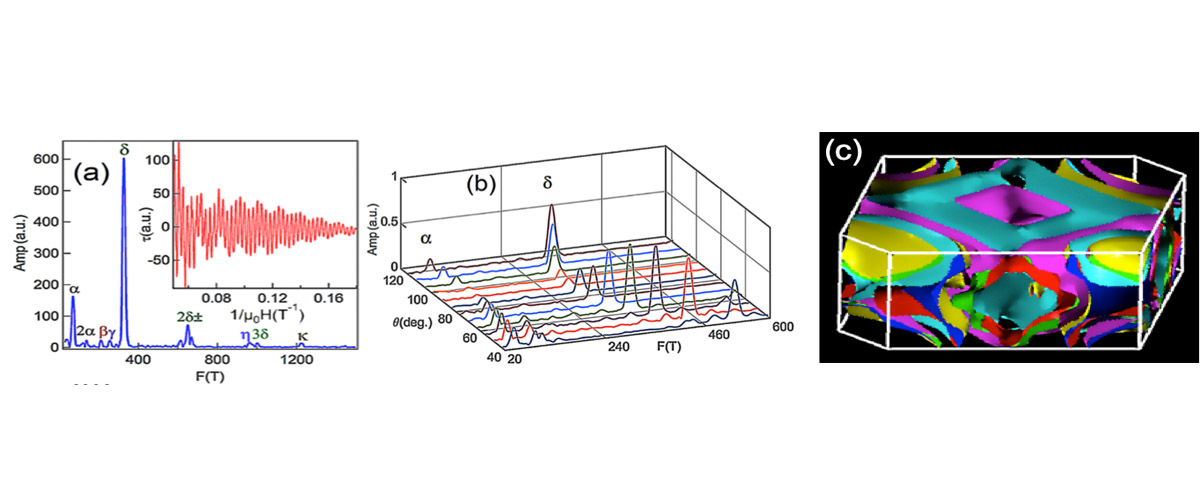What did scientists discover?
The effect of ion binding was described precisely using quantum mechanics and the power of "Mathematica" software (Wolfram Inc.). The analytical computer based tool, including corresponding software, was created to represent MR signals appearing during in vivo binding. The results are illustrated for common in vivo ions as sodium and potassium.
Why is this important?
The results of a variety of MR experiments can be predicted and described exactly for any combination of the RF pulses. A concise mathematical presentation of MR signals - including the complex signals from bound positively-charged ions, such as sodium and potassium - fosters efficient guidance for the development of diverse in vivo applications. The triple quantum signals have a special value by representing explicitly only bound ions, and because of this provide valuable intact physiological information about cell functioning both in vivo and in bioreactors. For example, in vivo changes of intracellular sodium can be measured during drug administration or diseases. The novel in vivo MR signal applications developed to date are encouraging, attracting strong interest among MagLab users and other scientists.
Who did the research?
Victor D. Schepkin
National MagLab/Florida State University
Why did they need the MagLab?
The ultra-high magnetic fields dramatically increase MR sensitivity allowing for the detection of novel MR signals from sodium and potassium. The MagLab provides expertise and an exceptional facility to conduct such research.
Details for scientists
- View or download the expert-level Science Highlight, Analytical tool for in vivo triple quantum MR signals
- Read the full-length publication, Statistical tensor analysis of the MQ MR signals generated by weak quadrupole interactions., in Zeitschrift fur Medizinische Physik
Funding
This research was funded by the following grants: G.S. Boebinger (NSF DMR-1157490, NSF DMR-1644779)
For more information, contact Victor Schepkin.





![(Left) 125Te spectral line and effective gamma with respect to magnetic field. Black circles are from the 36T Series Connected Hybrid while the pink diamonds are from the new HTS 32T magnet. (Right) Phase diagram for H//c highlighting the possible spin-nematic state. [PRB 94 064403 2016] Solid circles are from magnetostriction. Open circles from magnetostriction and thermal expansion. Open triangles from magnetization.](/media/z0nigcdk/jan2021_dc_field_probing_spin_nematic_state.jpg)
